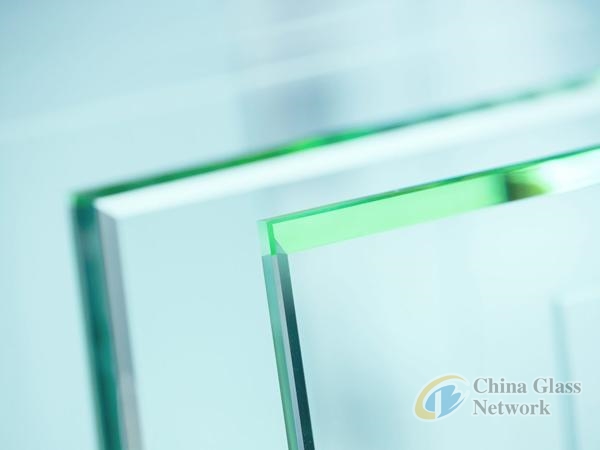Post Time:Aug 15,2018Classify:Industry NewsView:1397
EPDs, LCAs, PCRs: all of these ac-ronyms can be tempting to ignore in today’s busy glass industry. When there are labor issues, tight lead times and other daily pressures to con-tend with, who has time for acronyms?
But what if I told you these acro-nyms, and the legislation associated with them, could translate to substan-tial profit loss? What if I told you they affected the use of flat glass in publicly funded projects throughout the state of California? What if I told you fabricat-ed glass products were potentially next in line? Got your attention? Good.
KEY QUESTIONS
What is the issue?
Known as the Buy Clean California Act, AB 262 will ask bidders on public works projects in California to submit an EPD, or Environmental Product Declaration, for specified flat glass products beginning Jan. 1, 2019. That “request” will turn into a require-ment beginning Jan. 1, 2020.
“The issue is that the bill specifies flat glass—as in raw glass—but raw flat glass is not typically used in a building envelope,” explains Urmilla Jokhu-Sowell, director of technical services & advocacy for the National Glass Asso-ciation. “The concern is that when the bill is revisited, the word ‘flat glass’ will be replaced with ‘processed glass,’ which would require all glass fabricators to produce EPDs if they want their products specified in public works projects in California.”
That bears repeating: All glass fabricators could be required to pro-duce EPDs for their products to be eligible for specification and installa-tion in publicly funded buildings like state universities, etc., in California. Without an EPD, your company could be shut out of these projects. And this concept could expand beyond public works projects—even beyond Califor-nia—with states like Washington and Oregon looking at similar legislation.
What is an EPD?
In very basic terms, an EPD is a docu-ment that describes the environmental impact of a product. It is based on an LCA, or Life Cycle Assessment, that provides data on how the product af-fects the environment: from how its raw material is extracted from the earth, to how it is processed, to how it is trans-ported to the jobsite, to how it is dis-posed of. “The LCA is where a lot of the work happens,” explains Vikas Ahuja of thinkstep, a consulting firm that specializes in LCAs. “Once you’re done with that life cycle assess-ment, you come up with a summary of the results, and that is the EPD.”
WHAT TO DO AND WHAT NOT TO DO
Do not assume AB 262 will remain limited to flat glass and public works projects in California.
The intent of this legislation is to lower the potential for climate change through reduction of greenhouse gas emissions by specifying more environ-mentally friendly products in build-ings. This is a trend we can expect to continue alongside the green building movement.
And while legislation like AB 262 is pushing EPD requirements, so are programs like the Leadership in Energy and Environmental Design rating system and the architects working on LEED projects. Accord-ing to a 2018 NGA survey of flat glass manufacturers and glass fabricators, nearly 70 percent of companies have been asked for information on the environmental impact of their prod-ucts in the last 12 months.
Do not underestimate the time and money required to create an EPD.
Creating an EPD can be a long and expensive process, Ahuja says. First, fabricators must contract an LCA practitioner, which will develop the EPD. Once complete, the document goes to a program operator, like ASTM or UL, which verifies that the work is accurate and the EPD is ready to be published. For an individual company, this can cost between $40,000 and $50,000, and take about four to six months to complete, Ahuja reports.
The good news is that having an EPD for your products not only prepares your company for legislation like AB 262, it qualifies your products for LEED credits, making them more attractive for specification in LEED projects.
Get educated.
The National Glass Association has re-sources available that can help you bet-ter understand EPDs and their poten-tial impact on your business. Ahuja has an excellent 20-minute video presenta-tion called “The Why, How and Busi-ness Value of LCA and EPDs” that is available on micro.site/glassbuild2017. NGA is hosting additional education sessions as part of its “Thirsty Thurs-day” webinar series. And for those of you attending GlassBuild America in Las Vegas, the association will sponsor a presentation on EPDs in the Express Learning theater on the show floor, Thursday, Sept. 13, at 12:30 p.m.
Get involved.
In addition to offering education, NGA is working to help glass compa-nies handle AB 262, specifically, but also the EPD issue at large. On AB 262, NGA is engaged in discussions with proponents of the bill to clarify its language, ensure they understand the implications, and educate them about the glass and glazing industry.

Source: glassmagazine.comAuthor: Shangyi
PrevAAMA Hires New Technical Director
Glass Service appoints Dr. Manoj Choudhary as senior advisorNext